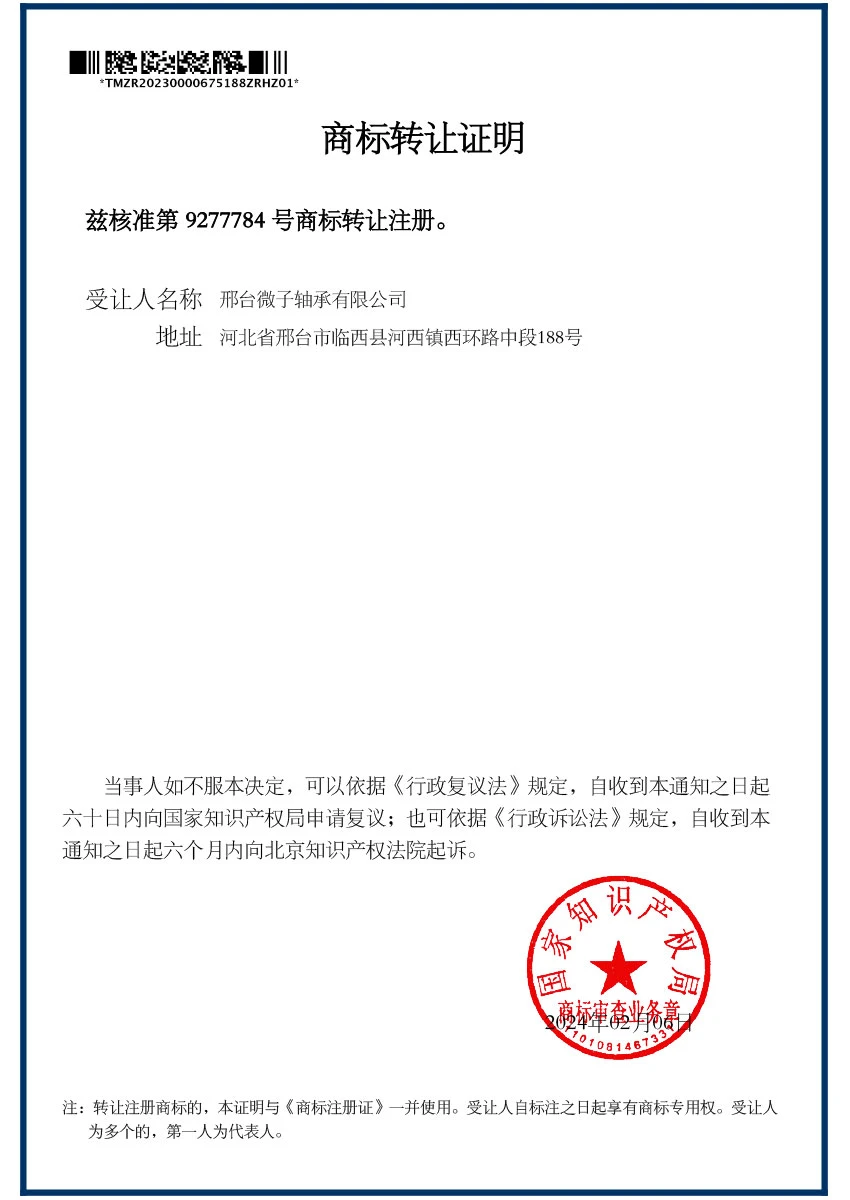
ធ្នូ . 31, 2024 01:53 Back to list
angular ball bearing
The Relevance of Angular Ball Bearings in Modern Engineering
Angular ball bearings are an integral component in the world of mechanical engineering, playing a pivotal role in various applications across different industries. These specialized bearings have become indispensable owing to their unique design, which allows them to accommodate both radial and axial loads.
Understanding Angular Ball Bearings
Angular ball bearings, by definition, have their rolling elements arranged at an angle to the raceway. This tilt permits the bearing to handle higher axial loads compared to traditional ball bearings. Typically, they come in two types single-row and double-row bearings. Single-row angular ball bearings can take a single direction of axial load, while double-row bearings can manage axial loads from both directions, making them more versatile for specific applications.
The design of angular ball bearings incorporates a contact angle, which is the angle between the line connecting the point of contact between the ball and the raceway and the radial plane of the bearing. This contact angle is crucial because it influences the bearing's capacity to support loads. A larger contact angle can enhance axial load capacity, while a smaller angle generally provides higher radial load capacity.
Applications in Various Industries
The importance of angular ball bearings can be observed in several industrial sectors. In the automotive industry, for example, they are used in steering columns, gearboxes, and wheel hubs. The ability to handle a mix of loads ensures that components endure the stresses of normal operation while contributing to the overall efficiency of the vehicle.
In the aerospace sector, angular ball bearings are critical in high-stress environments, such as in turbines and landing gear. These bearings need to be not only robust but also lightweight to contribute to fuel efficiency. Manufacturers often employ advanced materials and precision engineering techniques to ensure that the angular ball bearings can withstand the extreme conditions that aircraft encounter.
angular ball bearing

The manufacturing industry also relies heavily on angular ball bearings. Machine tools, conveyor systems, and robotics utilize these bearings to improve accuracy and reduce friction. The reduced wear and tear provided by properly maintained angular ball bearings can lead to longer service intervals and improved equipment lifespan.
Technical Advantages
One of the standout features of angular ball bearings is their ability to function effectively in limited spaces. Their compact design allows for integration into designs where size is a limitation. Furthermore, they reduce friction significantly due to their spherical rolling elements, enhancing overall operational efficiency. By diminishing the energy loss, businesses can save on costs associated with power consumption, making angular ball bearings not only a mechanical solution but also an economical one.
Another significant advantage is their adaptability. Angular ball bearings can be customized in various sizes and configurations to meet specific operational needs. For instance, they can be designed with seals or shields to protect against contaminants, depending on the application environment. This adaptability ensures that even in challenging conditions, these bearings can continue to perform reliably.
Maintenance and Longevity
While angular ball bearings are designed for durability, their performance can be maximized through regular maintenance. Proper lubrication, monitoring wear and tear, and ensuring appropriate alignment are essential practices. This maintenance is critical because even a seemingly minor issue can escalate into a significant failure if left unaddressed.
In conclusion, angular ball bearings are more than just mechanical components; they are fundamental elements that contribute significantly to the efficiency and reliability of various machines and systems. Their ability to carry both radial and axial loads, their compact design, and their adaptability make them vital in the modern engineering landscape. Whether in automotive applications, aerospace technology, or manufacturing processes, angular ball bearings continue to play an essential role in enhancing operational efficiency and ensuring longevity. As industries evolve, the innovation surrounding angular ball bearings will likely follow suit, paving the way for newer applications and technologies that push the limits of engineering excellence.
Latest news
-
Common Failures in Thrust Ball Bearings and Solutions
NewsAug.22,2025
-
How Tapered Roller Bearings Can Take Shock Loads
NewsAug.22,2025
-
Angular Bearings in High-Precision Spindles
NewsAug.22,2025
-
The Impact of Misalignment on Cylindrical Roller Bearing Performance
NewsAug.22,2025
-
The Role of Cage Design in Deep Groove Ball Bearing Durability
NewsAug.22,2025
-
The Impact of Material Quality on Machinery Bearings’ Lifespan
NewsAug.22,2025
